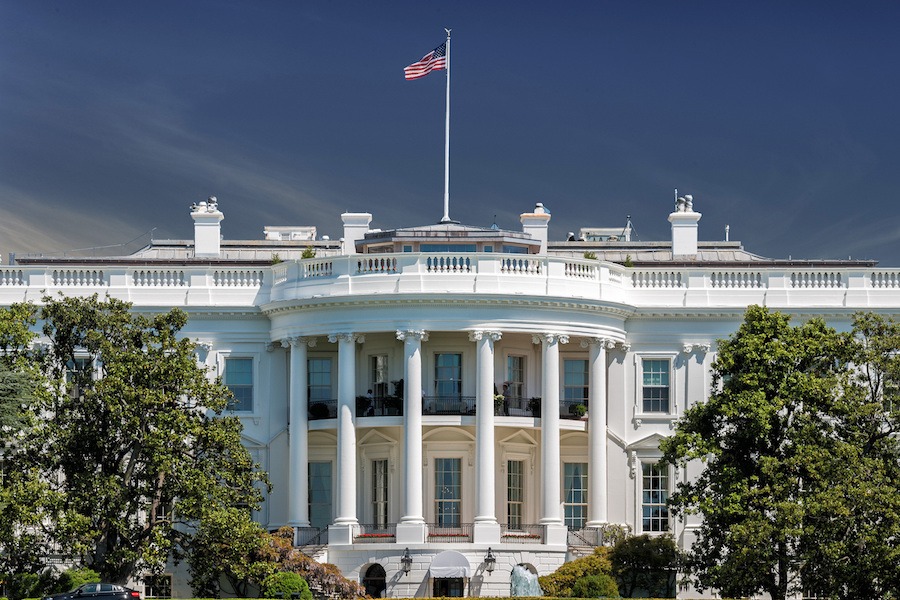On Monday evening, April 3, with the stroke of a pen, President Donald J. Trump rendered invalid an Occupational Safety and Health Administration (OSHA) regulation, issued in defiance of Congress and the courts, which would have subjected job creators to paperwork violations while doing nothing to improve worker safety. And while the occasion passed with relatively little fanfare, it marked an end to growing outrage in the employer community, a series of remarkable events spanning more than a decade and, perhaps most importantly, a deeply flawed regulatory power grab.
How We Got Here
In November 2006, OSHA cited a Louisiana construction firm, Volks Constructors, for recordkeeping errors, some dating back to the early 2000s. This was problematic for a host of reasons, not least of which was the clear six-month statute of limitations on recordkeeping citations established by the Occupational Safety and Health Act (OSH) Act of 1970. Volks challenged the citations before the Occupational Safety and Health Review Commission (OSHRC).
In their defense before the OSHRC, OSHA used a novel theory which held that a failure to accurately record an injury and illness event constituted a “continuing violation” and therefore, employers could be cited for such violations for as long as they are required to keep and maintain records (five years according to the OSH Act). OSHA prevailed in a 2-1 split decision.
Relief wouldn’t come for Volks until some five years later. Following the 2007 ORSHC ruling, Volks took its’ case to the U.S. Court of Appeals for the D.C. Circuit. AKM LLC d/b/a Volks Constructors v. Sec’y of Labor, 675 F.3d 752 (D.C. Cir. 2012) (“Volks”). There, the court reversed the OSHRC, issued a sharp rebuke of the agency and vacated the fines. The 2012 decision was noteworthy both for its unanimity and commentary on OSHA’s overreach.
The three-judge panel (including Justice Merrick Garland who would later be nominated for the Supreme Court by then President Barrack Obama) ruled 3-0 against OSHA and, in the majority opinion, the court had stern words for OSHA. On the merits of the case the court was emphatic in its rejection of OSHA’s position, noting that the agency’s application of the continuing violation theory was, “not reasonable.” The Volks court went further though, chastising OSHA for ignoring Congress and clearly overstepping its bounds, “[w]e were rightly troubled by the notion of being asked by an agency to expand that agency’s enforcement authority when Congress had evidently not seen fit to do so.”
So after this stunning defeat, OSHA surly packed in the tent and dropped their congressional end run, right? Nope. Quite the opposite in fact.
The Rule
In July of 2015, in direct contravention of the D.C. Circuit Court of Appeals ruling (and the unambiguous congressional directive contained in the OSH Act), OSHA issued the proposed rule, “Clarification of Employer’s Continuing Obligation to Make and Maintain an Accurate Record of Each Recordable Injury and Illness” which the agency touted as merely a clarification of its longstanding policy on recordkeeping violations. Despite vocal opposition from employer organizations during the rulemaking process, OSHA ultimately published the final rule (known colloquially as the Volks Recordkeeping Rule) in the waning days of the Obama Administration.
The innocuously titled rule unilaterally changed the window for OSHA to issue recordkeeping citations from six months to more than five years. Had the rule been allowed to remain in effect, it would have potentially required employers to defend themselves, at great cost, against a host of stale paperwork citations. What’s worse, it would have done nothing to improve worker health and safety. Citing paperwork violations that are five years old does nothing to improve work health and safety today or tomorrow. It is a lagging indicator of little use in a forward-looking safety program. Fortunately, the employer community spoke up and Congress listened.
Congress Takes Swift and Unique Action Following Industry Outcry
On February 17 of this year, more than 70 employer organizations, including the National Association of Home Builders (NAHB) and Masonry Contractors Association of America (MCAA), mobilized to have Congress repeal the flawed rule. NAHB and MCAA joined a Coalition for Workplace Safety (CWS) letter to U.S. House leadership calling for an end to the Volks Recordkeeping Rule. The following week Representative Bradley Byrne (R-AL) introduced a resolution to end the OSHA rule which he called an “unlawful power grab.” Rep. Byrne’s effort jumpstarted a unique and seldom successful process to overturn an executive branch regulation.
Under the Congressional Review Act (CRA), passed in 1996, a regulation issued in the final 60 legislative days of an outgoing administration can be overturned by a vote of both legislative bodies and approval from the President. The legislative maneuver had only been used successfully one time prior to this administration.
The U.S. House moved with uncommon speed to pass Rep. Byrne’s measure the following week. Seizing on the momentum created by the House vote, Senators Bill Cassidy, (R-LA), Orin Hatch (R-UT), Johnny Isakson (R-GA), and Steve Daines (R-MT) led the Senate companion effort and delivered the joint resolution to the President’s desk. The rest, as they say, is history.
OSHA’s Volks Recordkeeping Rule will remain an enduring cautionary tale of regulatory overreach. Moreover, using the CRA to defeat this rule means that OSHA is prohibited from ever introducing a substantially similar rule. Here’s hoping the new OSHA will heed this tale and work with job creators in the future to create a safer and more prosperous America.
Alex Strong is a Federal Legislative Director for the National Association of Home Builders and Felicia Watson is a Senior Counsel for the group.

